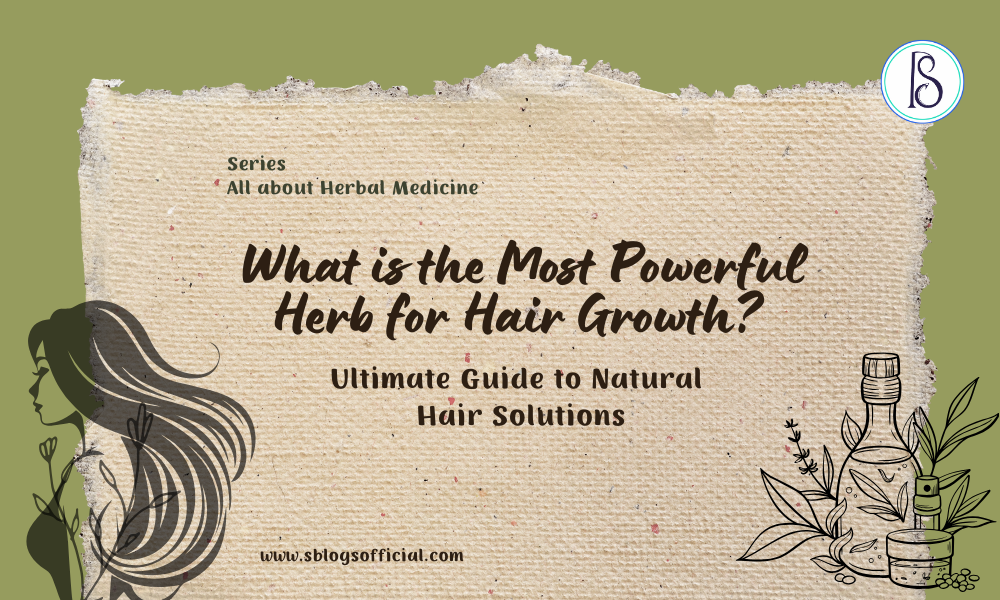
Have you ever stood in front of the mirror, watching more hair collect in your brush than remains on your head? You’re certainly not alone. Hair loss affects millions worldwide, with studies showing that over 50% of men experience some degree of balding by age 50, and about 40% of women show visible hair loss by age 40. The beauty industry bombards us with expensive treatments and miracle promises, but what if the most effective solutions have been growing naturally all along? Ancient wisdom across cultures points to the healing power of herbs, used for centuries before modern hair products lined our shelves. In my journey researching natural remedies, I’ve discovered that herbs for hair growth can be astonishingly effective, often surpassing commercial products in both results and affordability. Today, I’m excited to share these green treasures that might just transform your hair care routine. Whether you’re dealing with thinning patches, breakage, or simply want thicker, more luxurious locks, nature might hold the perfect solution for you.
Also Read- Can I Use Coconut Sugar Instead of Brown Sugar?
What Makes Herbs Effective for Hair Growth?
Before diving into specific herbs, let’s understand why herbs work:
- Rich in vitamins and minerals essential for hair follicle health
- Contain natural compounds that stimulate blood circulation to the scalp
- Offer anti-inflammatory and antioxidant properties
- Regulate scalp oil production naturally
- Address multiple hair concerns simultaneously without harsh chemicals
Herbs grow hair effectively because they work holistically rather than targeting just one aspect of hair health. The beauty of herbal remedies lies in their multifaceted approach. Unlike many commercial products that focus on a single benefit, herbs typically contain dozens of beneficial compounds that work synergistically.
For instance, many potent hair growth herbs contain flavonoids that improve blood circulation to hair follicles, ensuring they receive optimal nutrients and oxygen. Simultaneously, these same herbs might offer antimicrobial properties that address scalp infections that inhibit growth, while their minerals strengthen the hair shaft from root to tip. This comprehensive approach explains why traditional herbal remedies have stood the test of time despite our modern array of hair products.
Also Read- What Herbs Have the Most Health Benefits? Nature’s Most Powerful Healing Plants
Rosemary: The Reigning Champion
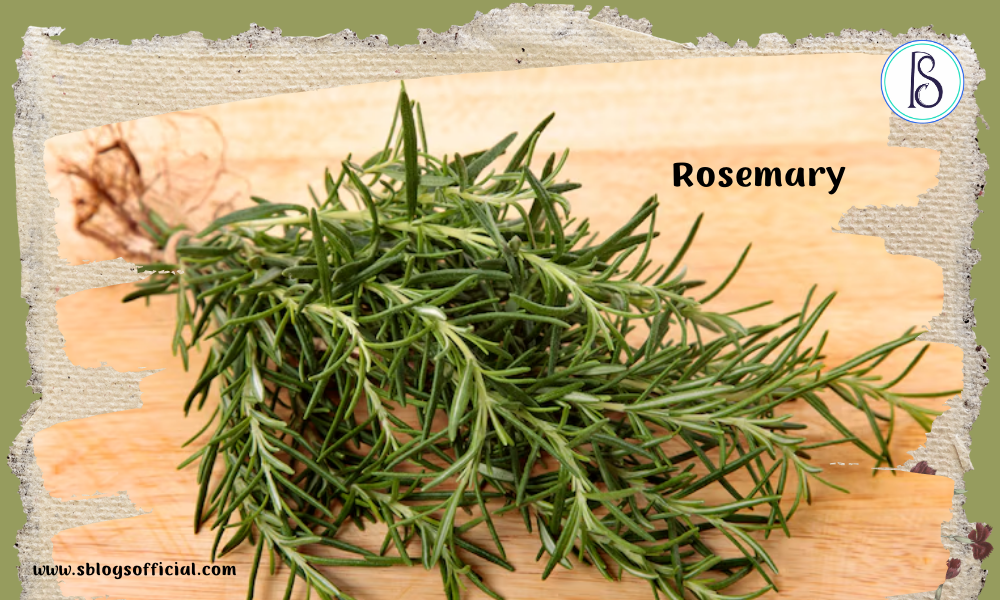
When discussing what is the most powerful herb for hair growth, rosemary consistently tops the list:
- Contains ursolic acid and carnosic acid that stimulate blood circulation
- Studies show effectiveness comparable to minoxidil (a common hair growth medication)
- Prevents premature greying and dandruff
- Strengthens follicles and reduces breakage
- Easy to use as oil, rinse, or in shampoo
Rosemary isn’t just another herb with potential—it’s backed by substantial research. A 2015 study published in the journal SkinMed compared rosemary oil to minoxidil 2% for androgenetic alopecia treatment. Remarkably, rosemary oil produced comparable results after six months but with significantly fewer side effects like scalp itching.
What makes rosemary particularly brilliant is its versatility. You can create a simple rosemary-infused oil by steeping fresh rosemary in olive or coconut oil for several weeks, make a strong tea to use as a hair rinse after washing, or even add essential oil drops to your regular shampoo. Many users report noticeable improvements within 3-4 months of consistent use, including thicker appearance, less shedding, and improved scalp health.
Bhringraj: The Crown Jewel of Ayurveda
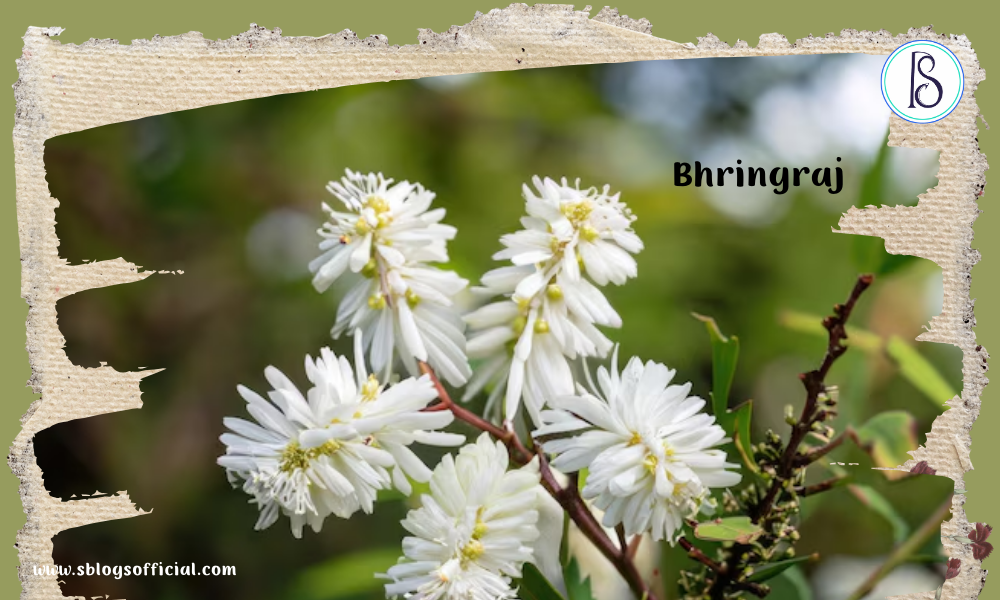
When investigating which herb is best for hair growth and thickness, bhringraj (Eclipta alba) deserves special attention:
- Known as “King of Hair” in Ayurvedic medicine
- Rich in vitamin E, which prevents oxidative stress to follicles
- Contains wedelolactone compound that promotes follicular growth
- Traditional use for premature greying and receding hairlines
- Strengthens hair roots and revitalizes dormant follicles
Bhringraj stands as perhaps the most revered among Indian herbs for hair growth and thickness. While less known in Western countries, this potent herb has been the cornerstone of hair treatments in India for thousands of years.
What makes bhringraj exceptional is its rejuvenating effect on hair follicles that have become dormant. It doesn’t just work on existing hair—it can potentially awaken sleeping follicles to produce new growth. Traditionally, bhringraj is used as an oil preparation, with the fresh or dried herb infused in a carrier oil like coconut or sesame. For maximum benefits, warm bhringraj oil is massaged into the scalp and left overnight before washing the next morning. Regular users often report not just increased growth but also a notable improvement in hair texture and shine after 8-12 weeks of consistent application.
Ginseng: The Revitalizing Root
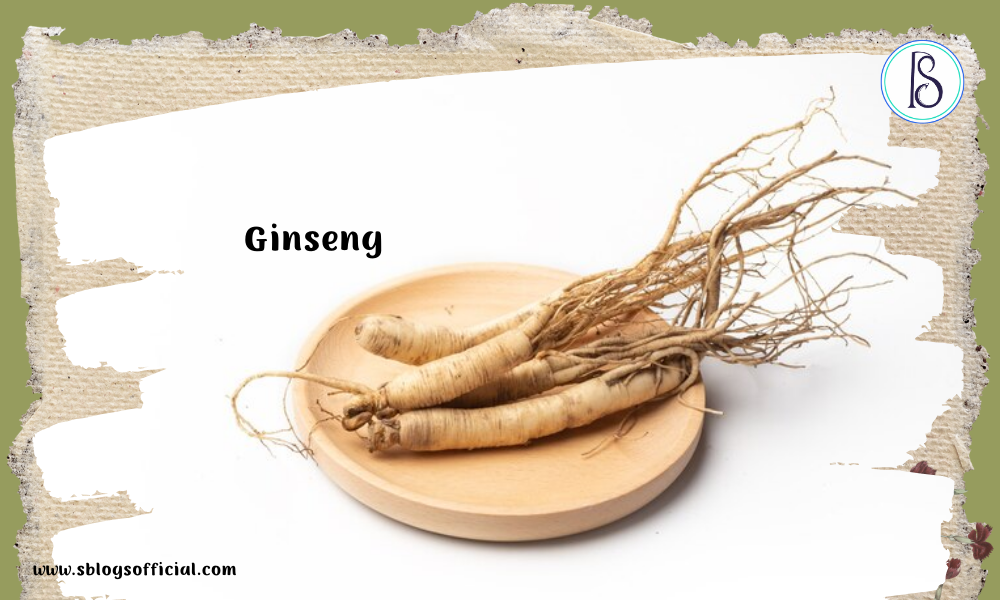
Ginseng has gained significant attention as a powerful option among herbs for hair growth:
- Contains ginsenosides that stimulate dermal papilla cells (crucial for hair growth)
- Prevents hair follicles from entering the resting phase prematurely
- Boosts scalp circulation and nutrient delivery
- Reduces inflammation that can impede growth
- Works both topically and when taken as a supplement
The herb Ginseng represents one of the more thoroughly researched herbal remedies for hair loss. Korean red ginseng, in particular, has shown impressive results in scientific studies. Research published in the Journal of Medicinal Food demonstrated that ginseng promotes hair growth by inducing anagen (active growth phase) and inhibiting catagen (regression phase) in hair follicles.
What’s fascinating about ginseng is its dual approach—it works both from the inside out and the outside in. When consumed as a tea or supplement, it supports overall circulation and hormone balance that affects hair growth. When applied topically in oil or extract form, it directly stimulates the scalp and follicles. This two-pronged approach makes it particularly effective for addressing complex hair loss issues. For best results, many practitioners recommend both topical application and internal consumption for at least 3-4 months.
Aloe Vera: Nature’s Moisture Miracle
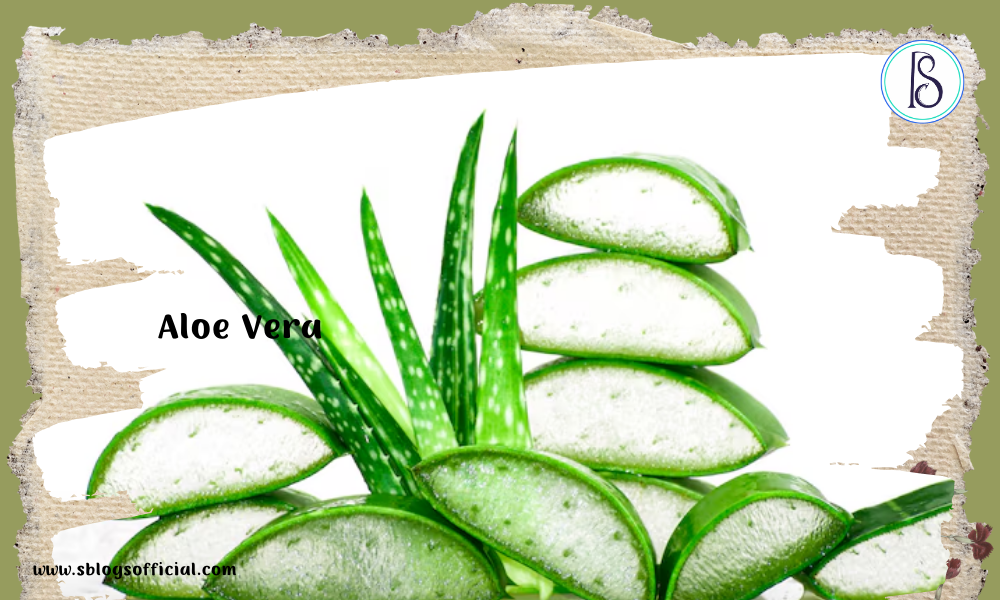
While often overlooked as a hair growth herb, aloe vera deserves recognition:
- Contains proteolytic enzymes that repair dead skin cells on the scalp
- Rich in vitamins A, C, and E that contribute to cell turnover and growth
- Balances pH levels of the scalp and unblocks hair follicles
- Natural anti-inflammatory properties calm irritated scalps
- Acts as a powerful moisturizer that prevents breakage
Aloe vera might not be the first plant that comes to mind when thinking about hair growth herbs, but its benefits are substantial and well-documented. The proteolytic enzymes in aloe vera effectively remove dead skin cells that can clog hair follicles and impede new growth.
What makes aloe particularly valuable is its soothing properties for damaged scalps. Many hair loss conditions are exacerbated by inflammation or irritation—issues that aloe addresses wonderfully. Fresh aloe gel applied directly to the scalp and left for 30-60 minutes before shampooing can work wonders for scalp health. Regular users often report reduced scalp itching and flaking within days, with improved hair strength and reduced breakage noticeable within weeks. For those with very dry or damaged hair, aloe vera can be combined with other herbs like hibiscus or fenugreek for enhanced benefits.
Saw Palmetto: The DHT Blocker

For hair loss related to hormonal issues, saw palmetto stands out:
- Naturally blocks 5-alpha-reductase, an enzyme that converts testosterone to DHT
- Particularly effective for androgenetic alopecia (pattern baldness)
- May help regrow hair in thinning areas with consistent use
- Works both as topical treatment and oral supplement
- Often combined with other herbs for synergistic effects
When researching what is the most powerful herb for hair growth specifically for pattern baldness, saw palmetto consistently emerges as a top contender. Its mechanism of action is similar to finasteride (a prescription medication for hair loss), but with fewer side effects.
The primary way saw palmetto supports hair growth is by inhibiting the conversion of testosterone to dihydrotestosterone (DHT), a hormone that shrinks hair follicles in genetically susceptible individuals. A 2020 review in the International Journal of Immunopathology and Pharmacology found that saw palmetto supplements demonstrated promising results for treating androgenetic alopecia.
Saw palmetto can be taken as a supplement (typically 320mg daily) or applied topically as an extract mixed with a carrier oil. Many users report reduced hair shedding within 1-3 months and visible regrowth after 4-6 months of consistent use. It’s particularly effective when combined with other DHT-blocking herbs like nettle root.
How to Mix Herbs for Hair Growth: Creating Potent Blends
Understanding how to mix herbs for hair growth can significantly enhance results:
- Combine stimulating herbs (rosemary, peppermint) with nourishing ones (bhringraj, hibiscus)
- Use complementary herbs that address different aspects of hair health
- Create infused oils with multiple herbs for daily massage
- Make herbal rinses with combinations of herb-infused waters
- Consider both internal consumption and external application
Creating your own herbal hair blends isn’t just economical—it allows you to tailor treatments to your specific hair needs. Different herbs offer different benefits, and strategic combinations can address multiple hair concerns simultaneously.
A popular approach is to infuse carrier oils (like coconut, olive, or sesame) with a mixture of herbs. For example, combining rosemary (for circulation), bhringraj (for follicle rejuvenation), amla (for strengthening), and hibiscus (for shine and volume) creates a comprehensive hair oil that addresses multiple aspects of hair health. Similarly, herbal teas made with nettle, horsetail, and peppermint can be consumed internally while also being used as a final hair rinse to boost results from both inside and out.
For beginners, start with simple two-herb combinations focused on your primary concern, then gradually experiment with more complex blends as you learn how your hair responds. Remember that consistency is key—herbal remedies typically show their full potential only after several months of regular use.
Also Read- Healing power of herbs | Powerful Health Benefits
Daily Hair Care Routine with Herbs
Incorporating herbs for hair growth into your daily routine:
- Morning: Drink herbal tea blends (nettle, horsetail, ginseng)
- Before showering: Apply herb-infused oil and massage for 5-10 minutes
- Washing: Use mild shampoo or herb-infused cleansers
- Post-wash: Apply herbal rinses like rosemary or fenugreek tea
- Weekly: Deep condition with herb paste masks (hibiscus, amla, brahmi)
Creating a sustainable routine is crucial for seeing results with herbal hair care. Unlike commercial products that might show immediate cosmetic effects, herbs work gradually and build their benefits over time.
A simple yet effective routine might include drinking herbal tea in the morning, applying herb-infused oil to your scalp the night before washing days, using herb-infused water as a final rinse after cleansing, and doing a more intensive herbal mask treatment once weekly. This multi-pronged approach ensures your hair receives herbal benefits in various forms, maximizing absorption and effectiveness.
Many people find that keeping pre-made herbal preparations readily accessible increases consistency. For example, prepare larger batches of herbal oils or rinses and store them properly so they’re always ready when needed. Digital reminders or combining herbal hair care with other established habits can also help maintain the routine long enough to see substantial results.
Also Read- What is the Best Essential Oil for a Toothache?
FAQs About Hair Growth Herbs
Are herbs really as effective as commercial hair growth products?
Many herbs have shown comparable effectiveness to commercial products in scientific studies. Rosemary, for example, has been found to work similarly to minoxidil (Rogaine) but with fewer side effects. The key difference is that herbs typically work more gradually, requiring consistent use over several months.
How long before I see results with herbal hair treatments?
Most people notice reduced hair fall within 4-6 weeks of consistent use. Visible new growth typically begins to appear after 3-4 months. Full results usually take 6-12 months, similar to commercial treatments.
Can herbs help with all types of hair loss?
Herbs are most effective for certain types of hair loss, particularly those related to scalp health, circulation issues, or mild to moderate androgenetic alopecia. They may be less effective for severe autoimmune-related hair loss conditions like advanced alopecia areata or hair loss due to chemotherapy.
Is it safe to combine different herbs for hair growth?
Yes, combining herbs is often beneficial as different herbs address different aspects of hair health. However, it’s wise to introduce new herbs one at a time to identify any potential allergic reactions or sensitivities.
Can I use herbs alongside medication for hair loss?
While many herbs are safe to use alongside conventional treatments, it’s always best to consult your healthcare provider before combining approaches, especially if using oral supplements that might interact with medications.
Conclusion: Nature’s Solution for Healthier Hair
After exploring the world of natural hair remedies, it’s clear that when asking what is the most powerful herb for hair growth, there isn’t a single universal answer—different herbs excel for different hair concerns and types. What works wonders for one person might yield modest results for another.
However, certain herbs consistently demonstrate remarkable effectiveness across various studies and traditional use: rosemary for its clinically-proven results comparable to pharmaceutical options; bhringraj for its comprehensive rejuvenating properties; saw palmetto for addressing hormonal hair loss; and ginseng for its powerful stimulating effects.
The true power of herbal hair care lies not just in individual herbs but in creating personalized combinations that address your specific needs. By understanding how different herbs grow hair and how they complement each other, you can develop a natural hair care routine that potentially surpasses commercial products in both effectiveness and gentleness.
Remember that patience and consistency are essential partners on this journey. Give your chosen herbs at least 3-4 months of regular use before evaluating their effectiveness, and consider keeping a photo journal to objectively track changes over time.
Have you tried any herbs for your hair? Which ones worked best for you? I’d love to hear about your experiences in the comments below!
Stay connected and check other posts from our series “All About Herbal Medicine“
Disclaimer: This article is for informational purposes only and is not intended to provide medical advice. Always consult with a healthcare provider before beginning any new treatment regimen, particularly if you have underlying health conditions or are taking medications.
Sources-
- 10 Healing Herbs with Medicinal Benefits
- Rosemary oil vs minoxidil 2% for the treatment of androgenetic alopecia: a randomized comparative trial – PubMed
- Ayurvedic Health Benefits of Bhringraj
- Red ginseng extract promotes the hair growth in cultured human hair follicles – PubMed
- The Effect of Aloe Vera Clinical Trials on Prevention and Healing of Skin Wound: A Systematic Review – PMC
